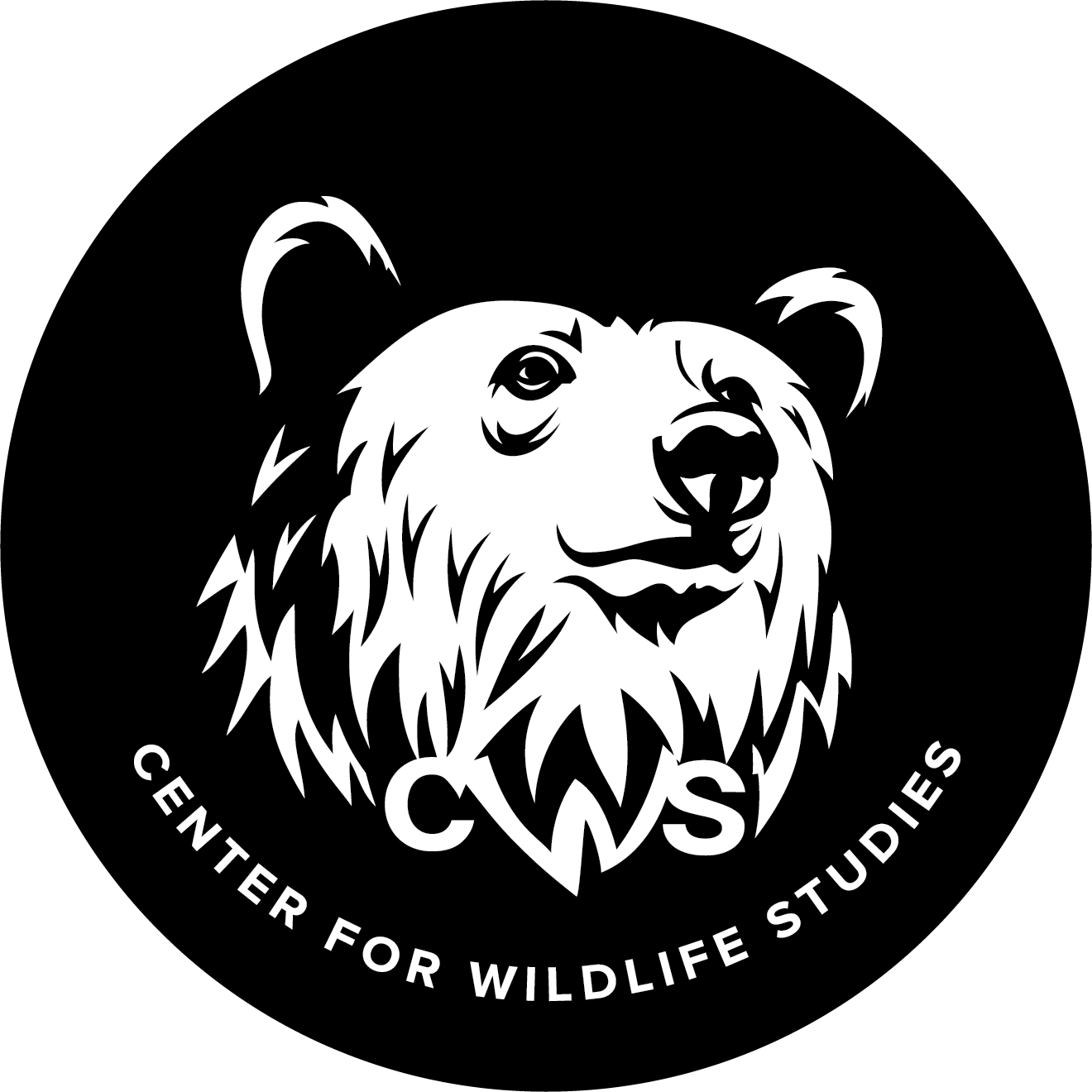Dr. Glenn DelGiudice
Instructor, Center for Wildlife Studies
Deer Project Leader, Forest Wildlife Populations & Research Group, MN Dept of Natural Resources
Adjunct Professor, University of MN, Department of Fisheries, Wildlife, and Conservation Biology
B.S., Cornell University
M.S., Zoology, University of Arizona
Ph.D., University of Minnesota
Email: gdelgiudice57@gmail.com
Glenn DelGiudice, for the past 30 years, has been Deer Project Leader in the Forest Wildlife Populations and Research Group of the Minnesota Department of Natural Resources, and Moose Project Leader since 2012. He is also an Adjunct Professor, and since 1992, a member of the graduate faculty in the University of Minnesota's Department of Fisheries, Wildlife, and Conservation Biology.
His primary research interests have focused on examining nutrition as a mechanistic thread between environmental variation (e.g., winter severity, habitat composition) and population performance of large ungulates and wolves. His 42 years of research experience has involved the capture, chemical immobilization, and handling of white-tailed deer, timber and tundra wolves, elk, moose, caribou, desert mule deer, peccary, and a variety of primates.
-
Smith, B. D., G. D. DelGiudice, and W. J. Severud. 2021. Technological advances increase fix-success in white-tailed deer GPS collars. Wildlife Society Bulletin 45: In press.
Severud, W. J., G. D. DelGiudice, and J. K. Bump. 2019. Comparing survey and multiple recruitment-mortality models to assess growth rates and population projections. Ecology and Evolution (Cover article) 9: 12613-12622.
Severud, W. J., T. R. Obermoller, G. D. DelGiudice, and J. R. Fieberg. 2019. Survival and cause-specific mortality of calves in northeastern Minnesota’s declining moose population. Journal of Wildlife Management 83: 1131−1142.
Obermoller, T. R., G. D. DelGiudice, and W. J. Severud. 2019. Maternal behavior indicates survival and cause specific mortality of moose calves. Journal of Wildlife Management 83: 790−800.
Severud, W. J., G. D. DelGiudice, and T. R. Obermoller. 2019. Association of moose parturition and postparturition habitat with calf survival. Journal of Wildlife Management 83: 175-183.
Obermoller, T. R., G. D. DelGiudice, and W. J. Severud. 2018. Assessing expandable GPS collars for moose neonates. Wildlife Society Bulletin 42: 314-320; DOI: 10.1002/wsb.878.
DelGiudice, G. D., W. J. Severud, T. R. Obermoller, and V. St-Louis. 2018. Gaining a deeper understanding of capture-induced abandonment of moose neonates. Journal of Wildlife Management 82: 287-298.
DelGiudice, G. D., and W. J. Severud. 2016. Blood profiles and associated birth characteristics of free-ranging moose (Alces americanus) neonates in a declining population in northeastern Minnesota. Alces 52: 85-99.
Severud, W. J., G. D. DelGiudice, and T. R. Obermoller. 2016. Minimizing mortality of moose neonates from capture-induced abandonment. Alces 52: 73-83.
Severud, W. J., and G. D. DelGiudice. 2015. Potential vertical transmission of winter ticks (Dermacentor albipictus) from moose (Alces americanus) dams to neonates. Journal of Wildlife Diseases 52: 186-188.
DelGiudice, G. D., W. J. Severud, T. R. Obermoller, R. G. Wright, T. A. Enright, and V. St-Louis. 2015. Monitoring movement behavior enhances recognition and understanding of capture-induced abandonment of moose neonates. Journal of Mammalogy 96: 1005-1016.
Severud, W. J., G. D. DelGiudice, T. R. Obermoller, T. A. Enright, R. G. Wright, and J. D. Forester. 2015. Using GPS collars to determine parturition and cause-specific mortality of moose calves. Wildlife Society Bulletin 39: 616-625.


